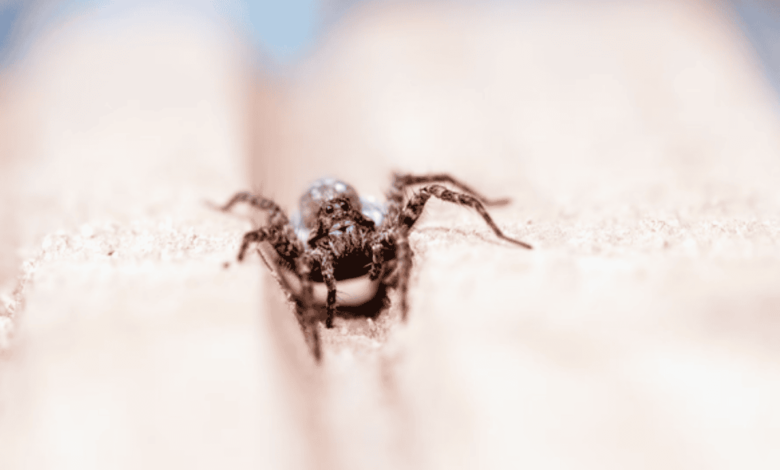Everything You Need to Know About Wolf Spiders

Emerging from the shadows, they tiptoe across the nocturnal terrain with eyes adept at catching the slightest movement. Not the most ostentatious figures amongst the myriad in the animal kingdom, wolf spiders nonetheless captivate with their peculiar behaviors and critical contributions to our ecosystem.
Natural Habitat: A Global Presence
Spread across the globe, over 2,500 species of wolf spiders decorate our planet. From the damp wetlands to the arid deserts, they flourish in a disparate array of habitats, including our suburban backyards. They often grace areas abundant in natural ground cover: fallen leaves, logs, tall grass, or rocks presenting an ideal dwelling.
Unlike their web-spinning relatives, wolf spiders are terrestrial hunters, finely attuned to the rhythm of the earth. Employing their superior eyesight and swift reflexes, they ambush or chase down their prey, mirroring the hunting prowess of their lupine namesake. Masters of stealth, they skulk unseen during the day, emerging only at night to perform their predator roles.
Observable Traits: More than Meets the Eye
Eyed first, wolf spiders can strike as formidable, distinguished by their size and robust form. They display a unique arrangement of eight eyes in three rows, offering excellent nocturnal vision, perfect for the successful hunter. Their bodies, coated in hues of browns, grays, and blacks, provide an effective camouflage, aiding both hunting and evasion.
Culinary Preferences: The Pest Controllers
As carnivorous creatures, their gastronomic preferences play a pivotal role in controlling the insect population. They feed on pests like grasshoppers, ants, moths, beetles, etc., using their highly sensitized legs to sense vibrations and locate their meals. Their feeding is based entirely on their agility and hunting expertise.
The Cycle of Life: An Amazing Display
The mating rituals of wolf spiders add another layer of fascination. An elaborate performance ensues in spring or summer as males tap their legs and vibrate to attract females. Post mating, females carry their eggs in a silk sac, providing constant care until the spider-lings hatch, a rare sight of maternal affection in the arachnids.
Encounters with Humans: Beneficial Yet Intimidating
Despite their somewhat terrifying appearance, wolf spiders pose minimal threat to humans. Non-aggressive by nature, they prefer ‘flight’ over ‘fight’ if disturbed. Their bites, though uncomfortable, seldom lead to severe repercussions. Their role as natural pest controllers, preying on mosquitoes, flies, and cockroaches, benefits human habitats by maintaining an ecological balance.
However, their presence may evoke unease, especially if escalating numbers suggest an infestation. In such cases, professional pest control should be contacted. Contact Moxie Pest Control or another professional service for assistance.
A Final Word
Wolf spiders, with their remarkable hunting techniques and unique physical traits, play a crucial role in the smooth functioning of our ecosystem. Despite their intimidating exterior, understanding their significance allows us to appreciate their crucial contributions, whether we encounter them in the wild or need to manage their presence in our homes.
And remember, if a creeping spider issue triggers alarm bells, call the pest control experts to ensure a secure, spider-free living space.




